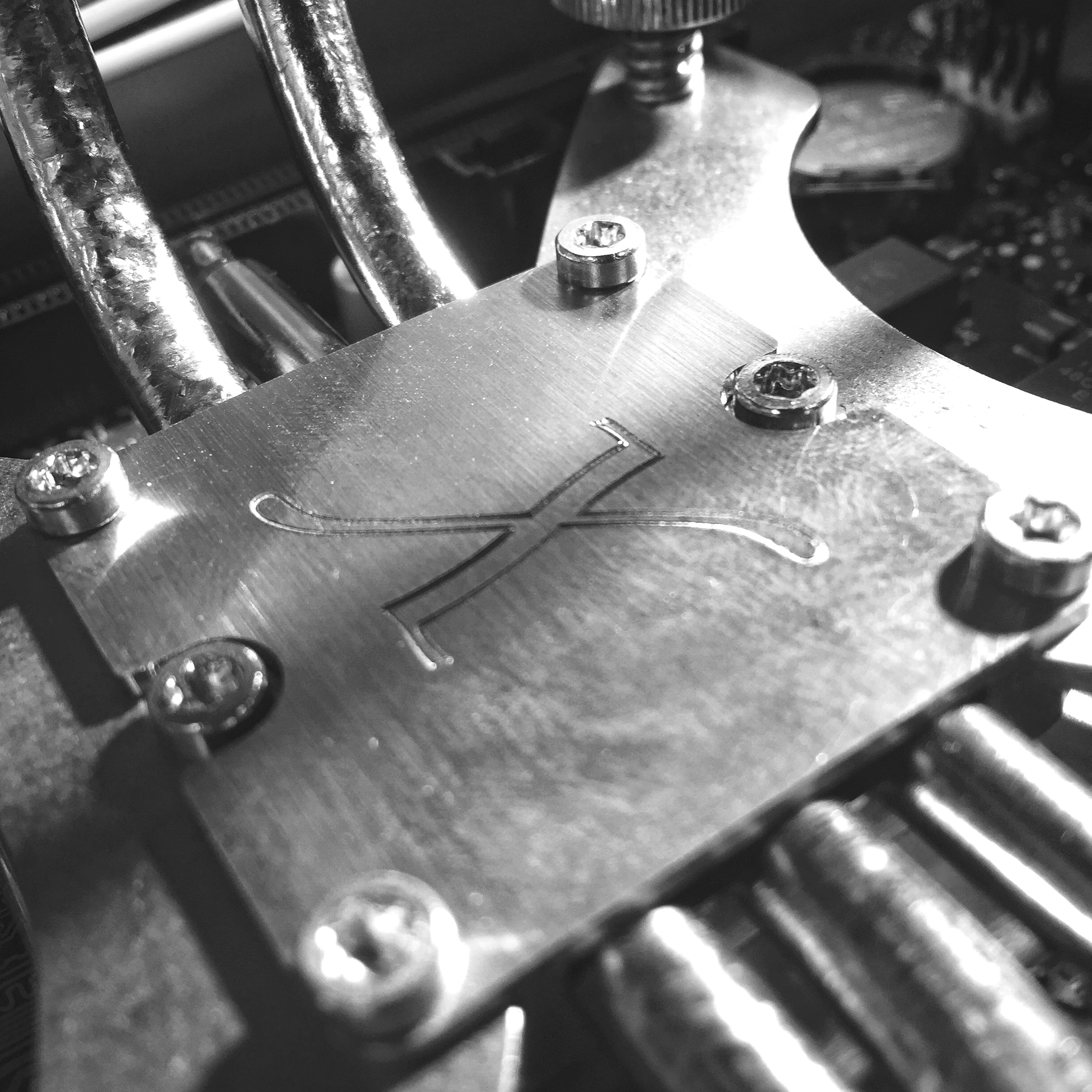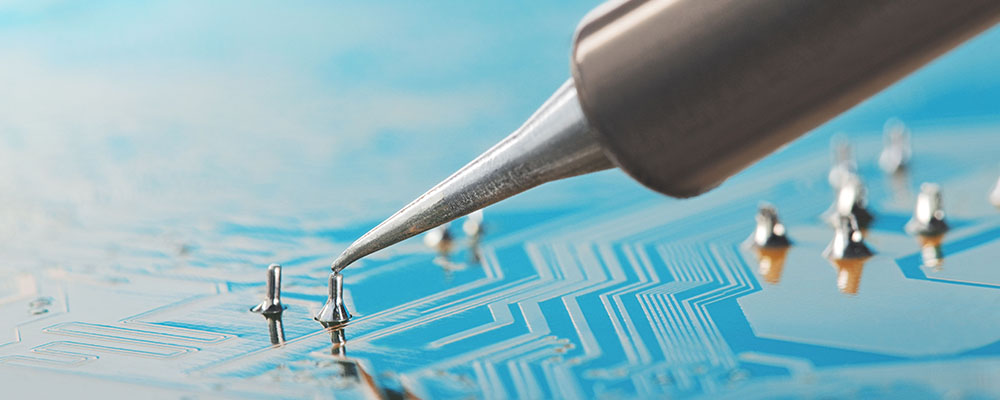Redefining the possible
x-odos as a high-end manufacturer is unconditionally committed to the authentic, intensive musical experience. That is why we are constantly engaged in research and development and question even proven solutions in iterative processes.
Useful selection of connections
 In the design of our products we are guided by one principle:»Sound before features«. Our music servers and network players only have the connections you really need. Music from iOS and macOS devices can be streamed with AirPlay®. You also have the possibility to connect a WLAN dongle to a USB interface.
In the design of our products we are guided by one principle:»Sound before features«. Our music servers and network players only have the connections you really need. Music from iOS and macOS devices can be streamed with AirPlay®. You also have the possibility to connect a WLAN dongle to a USB interface.
We exclusively use rhodinated RCA sockets (FP-901R, FP-908R), rhodinated AES/EBU sockets (FT-785MR) and rhodinated IEC sockets (FI-06NCF) from Furutech® as well as etherCON network sockets from Neutrik®. All interfaces are galvanically isolated from the circuits. For the supply voltage of the USB output circuits, we carry out multi-stage smoothing and filtering.
A further, self-developed circuit smoothes and filters the supply voltage for the oscillators of the coaxial S/PDIF output powered / controlled via the USB bus. In this way we fully exploit the remarkable audiophile potential of this interface.
Resonance optimization
 A vital aspect in the design of a high-end component is the optimization of the resonance behavior - this should have gotten around by now. After several years of research and countless listening tests, however, we have come to the conclusion that even minimal resonances can play a decisive role and that sometimes optimization measures at unexpected places can lead to audible results.
A vital aspect in the design of a high-end component is the optimization of the resonance behavior - this should have gotten around by now. After several years of research and countless listening tests, however, we have come to the conclusion that even minimal resonances can play a decisive role and that sometimes optimization measures at unexpected places can lead to audible results.
The chassis and components of our music servers and streamers are designed to absorb or cause as little vibration as possible. Because it is more effective to avoid problems in the first place than to solve them. That's why we only use SSD hard disks that have no moving parts.
Another important finding during our development work was that different components and assemblies require resonance optimization measures that are specially adapted to them. The rip drives of the xo|one and xo|one plus are therefore suspended in a simple suspension and coupled to the chassis with felt elements.
The latest SSC technology places our products on magnetically decoupled feet. The energy is better dissipated and the sound result is noticeable with more airiness and dynamics. The housing is made of anodised aluminium in which two magnets with opposite polarity are incorporated.
Passive cooling
 For the thermal regulation of our components, we only use passive cooling systems that do not require a fan. Because even small, damped heat sinks are very susceptible to microphony, we dissipate the waste heat using a sophisticated housing design. Individual aluminum plates placed in the right places contact the thermal hot spots and dissipate the heat to the aluminum case.
For the thermal regulation of our components, we only use passive cooling systems that do not require a fan. Because even small, damped heat sinks are very susceptible to microphony, we dissipate the waste heat using a sophisticated housing design. Individual aluminum plates placed in the right places contact the thermal hot spots and dissipate the heat to the aluminum case.
At the same time, they electromagnetically shield analog and digital sections as well as certain digital assemblies from each other and serve to control resonance. Thanks to passive cooling, our devices also operate completely noiselessly.
Powerful computer components and proprietary software
 We only use computer components from renowned manufacturers to create a reliable and high-performance platform for the perfect functioning of our devices. Our self-developed operating system is based on a Linux kernel and runs on a separate SSD, so the full capacity of the large SSD is available for storing music. In the case of the xo|one and xo|one plus, the small SSD is also used as a data buffer during a rip process.
We only use computer components from renowned manufacturers to create a reliable and high-performance platform for the perfect functioning of our devices. Our self-developed operating system is based on a Linux kernel and runs on a separate SSD, so the full capacity of the large SSD is available for storing music. In the case of the xo|one and xo|one plus, the small SSD is also used as a data buffer during a rip process.
Our operating system is kept as slim as possible and includes an optimized database structure that enables lightning-fast updates. Regardless of the low system requirements of our software, we use industrial boards with powerful Intel Core processors from the desktop segment, which are supported by oversized random access memory. The interaction of our efficient software and potent hardware ensures a breathtakingly fast system response - no matter how large your music collection is.
And believe it or not - the minimal load on the computer section also has a positive effect on sound. Of course, we've also electromagnetically optimized its peripherals with a great deal of effort to eliminate interference with audio circuits and power supplies.
The development of software in-house is a prerequisite for us to be able to guarantee our strict quality criteria - in terms of function and sound. For example, we use our own software to control the rip drives so that we can limit their speed, which is variable via app, to a maximum value and thus ensure a perfect readout process.
iOS-App xo|touch
 Although the development of an own app for music control ties up resources in the long run, the independence from third party providers is our top priority. We see the app as an integral part of an overall concept that contributes significantly to the experience of using a component.
Although the development of an own app for music control ties up resources in the long run, the independence from third party providers is our top priority. We see the app as an integral part of an overall concept that contributes significantly to the experience of using a component.
xo|touch meets the highest demands for the visualization of a music collection and seamlessly integrates the streaming services TIDAL®, qobuz® and HIGHRESAUDIO®.



